morriswood lab (2015-2022)
We studied motor proteins and the trypanosome cytoskeleton
Research synopsis
Recent research publications
RESEARCH TOPICS
Myosin motor proteins
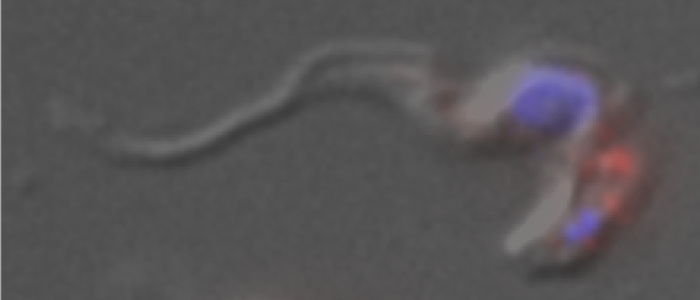
Trypanosomes have an extremely reduced actomyosin system – but what is its function?
The trypanosome cytoskeleton
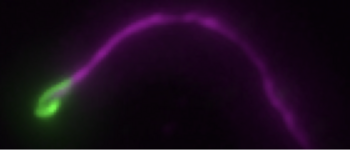
The hook complex is a cytoskeleton-associated structure coiled around the flagellar pocket neck.
PEOPLE
The Morriswood group was a 100% self-funded research group that was active from 2015-2022. Funding for the group was discontinued at the end of 2021.
ALUMNI (Bachelor/Master/PhD/group leader)
Brooke Morriswood
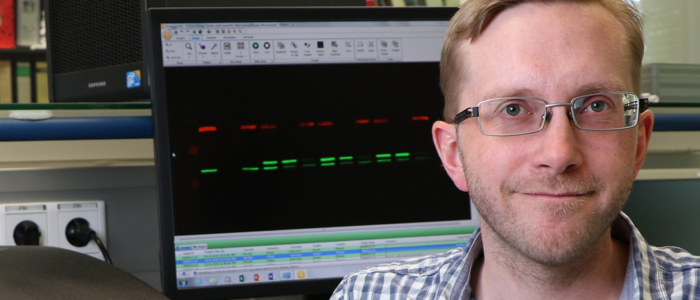
When: 2015-2022
What: Group leader
Next: MedComms!
Max Dohn
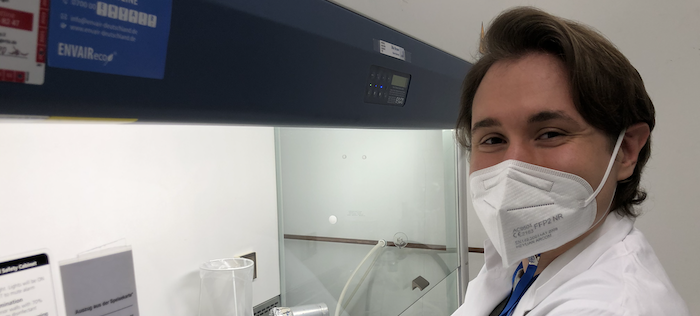
What: Master's thesis
Antonia Konle
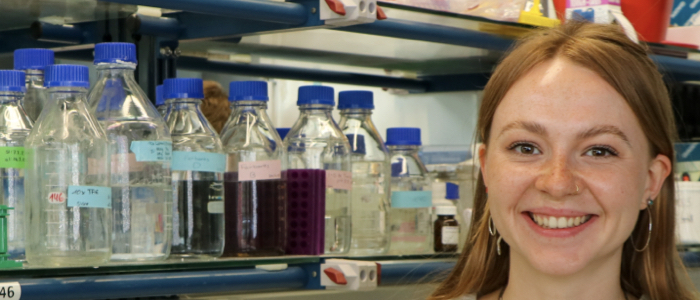
When: 2022/2023
What: Postgraduate student
Next: PhD program, Max Delbrück Center, Gerhardt group
Sisco Jung
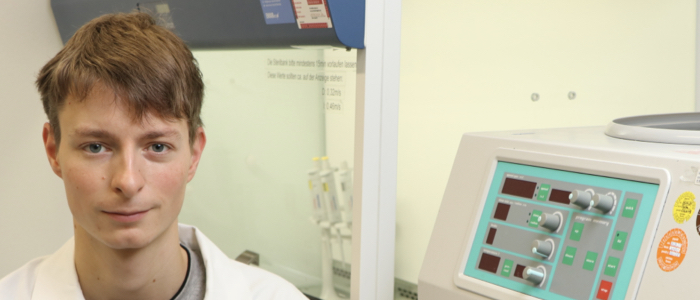
When: 2021/2022
What: Master's thesis (thesis prize)
Next: ...
Xenia Malzer
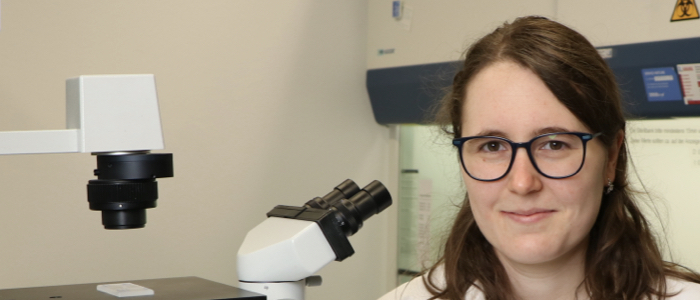
When: 2021/22
What: Master's thesis (thesis prize)
Next: ...
Monika Weiland
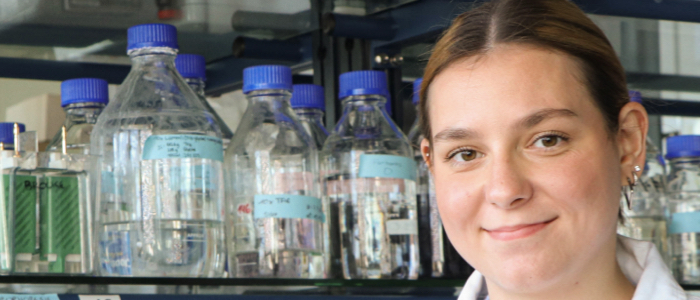
When: 2022
What: Bachelor thesis
Next: Back to classes!
Noah Wetterich
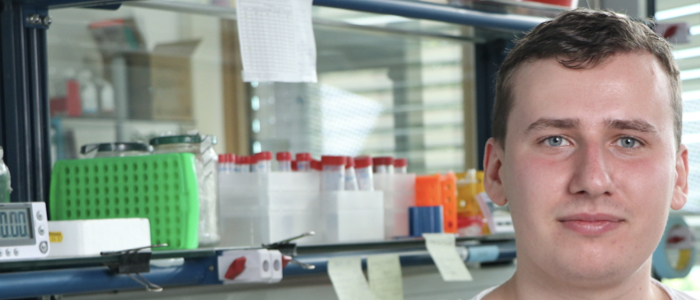
When: 2021
What: Bachelor thesis
Next: Back to classes!
Antonia Konle
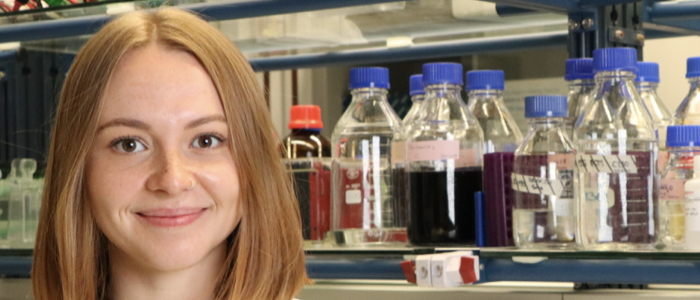
When: 2020/2021
What: Master's thesis (thesis prize)
Next: Back for a 1-year postgrad in 2022!
Tuguldur Tumurbaatar
When: 2021
What: Bachelor thesis
Next: Back to classes!
Korbinian Niedermüller
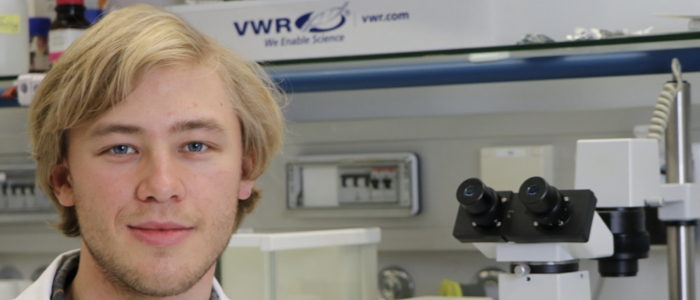
When: 2020/2021
What: Master's thesis
Next: PhD position in Gilberger group, Centre for Structural Systems Biology, Hamburg.
Sina Riegler
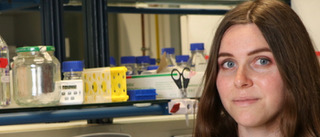
When: 2020/21
What: Master's thesis (thesis prize)
Next: Analyst at Teva Biotech
Anna Seleznev
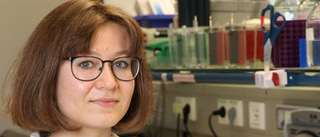
When: 2020
What: Bachelor thesis
Next: Back to classes!
Sisco Jung
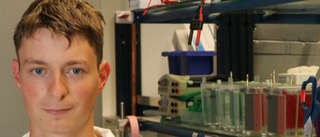
When: 2020
What: Bachelor thesis (thesis prize)
Next: Back for a Master's in 2021!
Eva-Maria Spath
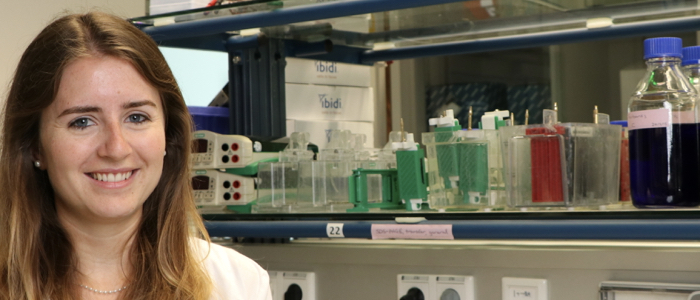
When: 2019/2020
What: Master's thesis (thesis prize)
Next: PhD position in Neufert group, University of Erlangen.
Tim Wuppermann
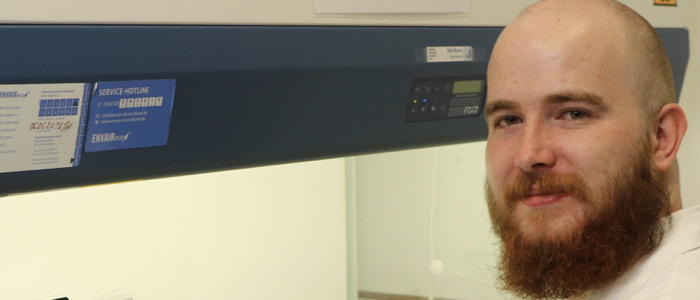
When: 2019
What: Bachelor thesis
Next: Back to classes!
Alexandra Klein
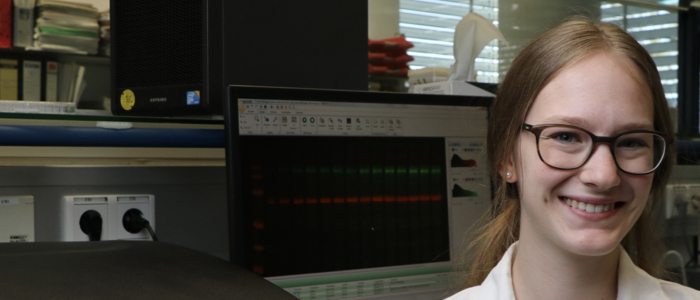
When: 2019
What: Bachelor thesis
Next: Back to classes!
Sonia Pérez Cabrera
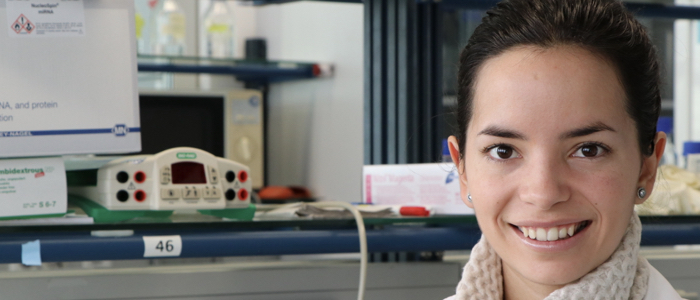
When: 2019
What: Internship exchange
Next: Back to classes!
Korbinian Niedermüller
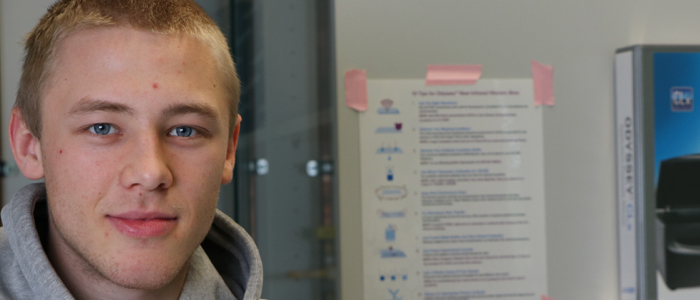
When: 2018
What: Bachelor thesis
Next: Back for a Master's in 2020!
Kim Setiawan
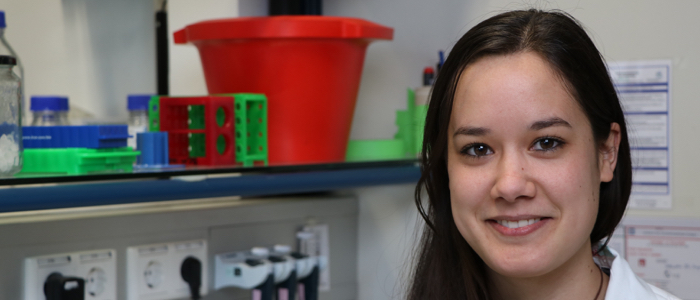
When: 2017/2018
What: Master's thesis
Next: PhD position in Morschhäuser group, Institute for Molecular Infection Biology, Würzburg.
Daja Schichler
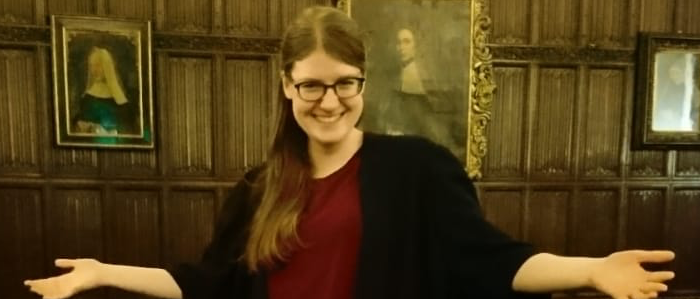
When: 2016
What: Master's thesis (thesis prize)
Next: PhD program, European Molecular Biology Laboratory (EMBL), Cuylen group.
ALUMNI (Internship/rotation students)
2022
Mara Pöllmann
Noah Wetterich
An Binh Nguyen
Timothy Wuppermann
Johannes Kullmann (2023)
2021
Emily Riemer
Mary Attah
Sina Grimm
Lukas Baltes
Jan Grundheber
2020
Sina Riegler
Tuguldur Tumurbaatar
Maximilian Dohn
Xenia Malzer
2019
Denis Hepbasli
Antonia Konle
2018
Matthias Reese
Eva-Maria Spath
2017
Korbinian Niedermüller
Ningjun Ni
2016
Tina Weberbauer
Kim Setiawan
2015
Marlene Strobel
Daja Schichler
Heike Schreier












